Welcome to the future of luxury
In recent years, awareness of ethical concerns regarding the humanitarian and ecological issues surrounding the mining of diamonds coupled with the high cost of mined natural diamonds has increased the popularity of lab-grown diamonds. Lab-grown diamonds are created using highly advanced technological processes within strictly controlled laboratory conditions that mimic the environment under which natural diamonds form in the mantle beneath the Earth’s crust.
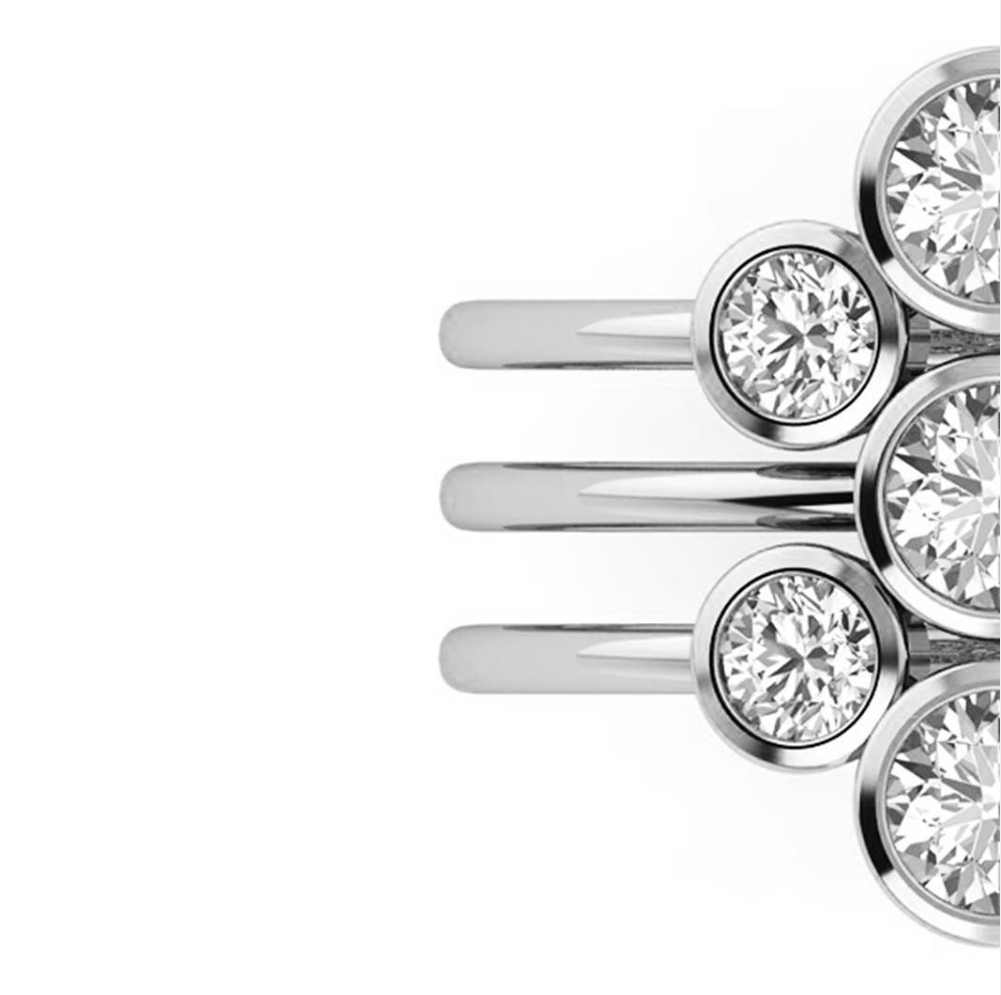
New Conscious Standard
Lab-grown diamonds set the standard for uncompromising beauty, and are becoming the diamond of choice for the socially responsible diamond buyer. No need to further choose between beauty, quality and conscience. With a Lab-Grown Diamond, you can have it all.
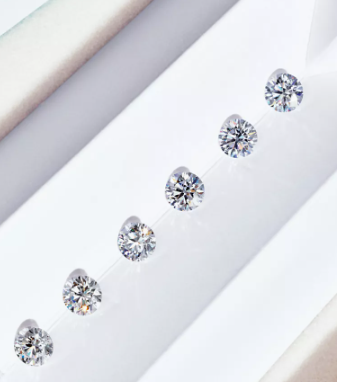
WHAT ARE LAB GROWN DIAMONDS
Lab grown diamonds are essentially a diamond (also known as lab created diamonds, man made diamonds, engineered diamonds). They are grown in highly controlled laboratory environments using advanced technological processes that duplicate the conditions under which diamonds naturally develop when they form in the mantle, beneath the Earth’s crust. Since they are made of the same material as natural diamonds, they exhibit the same optical and chemical properties. The only difference is that these diamonds are not cultivated by mother nature, but by “man”.
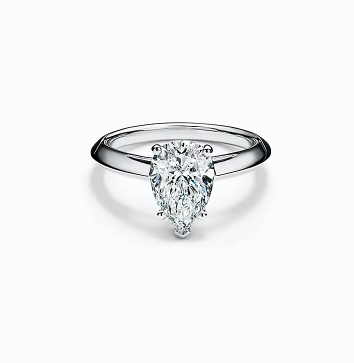
THE ORIGIN IS THE ONLY DIFFERENCE
Lab-grown diamonds are chemically and optically the same as natural diamonds. The only difference between the two is point of origin. As of 2018, the Federal Trade Commission (FTC) considers both lab-grown and mined diamonds to be real. Lab-created diamonds share an identical growing process to mined diamonds, they form first as carbon atoms under high temperature and immense pressure, then bond together to grow a crystalline lattice structure. The only way to see a difference is with a special machine that has been developed to see the structure of the atoms.
''The difference between lab-grown and natural diamonds could be compared to the difference between ice formed outside on a winter’s day versus ice that’s formed inside your refrigerator.''
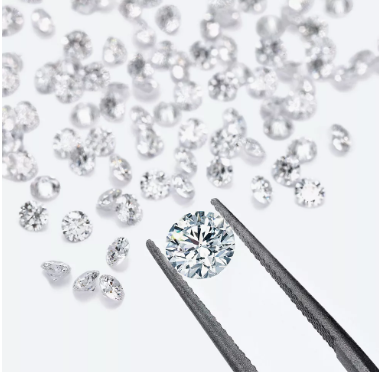
HOW TO DIFFERENTIATE
‘’To the naked eye or even with a 10x loupe, it is impossible to see the difference’’.
Laboratory-grown diamonds display the same physical, chemical, and optical characteristics as natural diamonds, along with the same fire, scintillation, and sparkle. The only way to see a difference is with a special machine that has been developed to see the structure of the atoms. Because of this, GIA, HRD and IGI labs are now grading both lab-made and mined diamonds in exactly the same way.
Recently, the FTC changed its definition of a diamond by removing the word ‘natural’. Really, the only thing that makes a lab-made diamond different to mined is its origin.
DISRUPTIVE INNOVATION
HOW ARE LAB GROWN DIAMONDS MADE
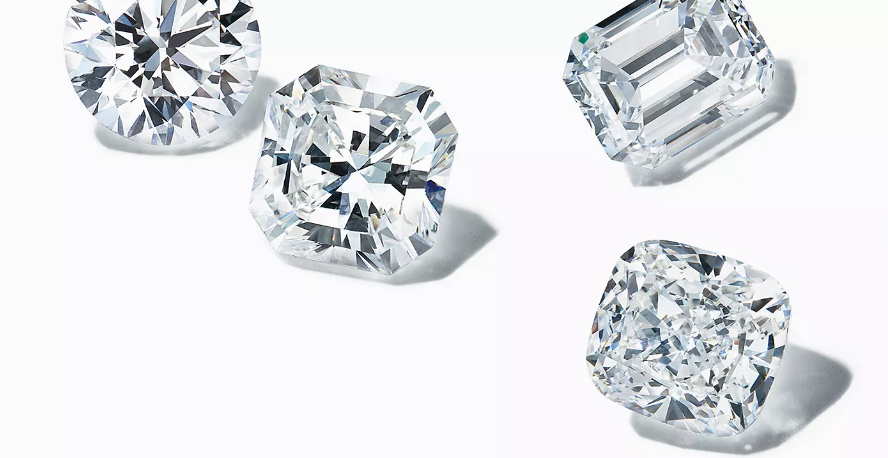
Disruptive Innovation
Natural diamonds are made of carbon. They form when this chemical is faced with high temperature and pressure at depths of 150 to 100 kilometres in the Earth's mantle. Men can replicate these conditions in laboratories and produce by two methods: chemical vapor deposition (CVD) or high pressure, high temperature (HPHT), re-creating the natural process.
The CVD Method
Lab-grown diamonds are produced by two methods: chemical vapour deposition (CVD) or high pressure, high temperature (HPHT). While both offer a controlled environment, the HTHP method is more costly and less energy efficient. The thermodynamic process involves placing a diamond seed into pure carbon, then exposing it to intense pressure and heat. The CVD method is a more economical and sustainable process, using vacuum chambers to convert carbon-heavy gases into plasma with less energy consumption. Kinetics allow the carbon atoms inside the chamber to build on top of the diamond seed in a single vertical direction so the rough diamond grows into a cleaner square shape. A lab-grown diamond takes approximately one month to grow. It is then cut and polished before being sold as loose diamonds or set in fine jewelry.
The HPHT Method
This method mimics the conditions under which diamonds naturally form. The lab-created diamond is grown within a small capsule located inside a mechanism (a press) capable of generating extremely high pressures. The thermodynamic process involves placing a diamond seed into pure carbon, then exposing it to intense pressure and heat. The carbon attaches to the diamond seed in 14 different directions and forms a rough diamond with a complex cuboctahedron shape.
How long does it take to grow a diamond?
A lab-grown diamond takes approximately one month to grow.
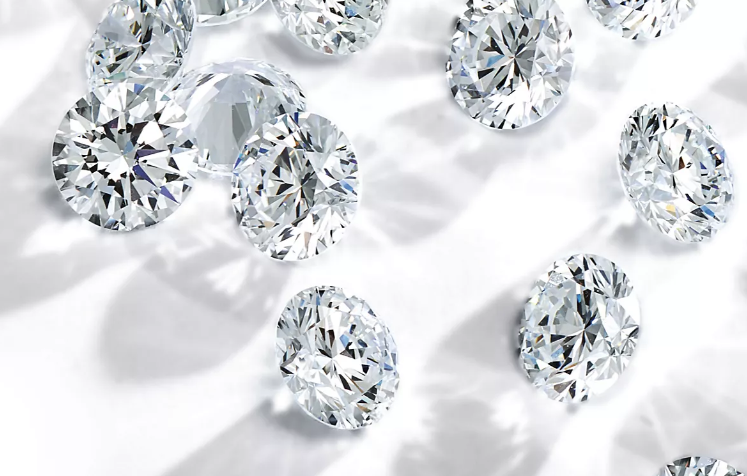
Lab-grown vs Mined Diamond Sparkle and Phosphoresce
Lab-grown and mined diamonds “sparkle” in the same way , because they are both real diamonds. The term jewellers and gemologists use to describe sparkle, however, is brilliance.
A diamond’s brilliance comes from its ability to bend or refract light. Light enters a diamond and is then reflected off its interior surfaces, called facets. This light interacting with the diamond’s multiple surfaces is its brilliance. The display of white light inside a diamond is an indicator that a diamond is real, regardless of its origin.
Brilliance depends on a diamond’s cut. A poorly-cut diamond will not shine as brightly as one with a high-quality cut.
Phosphoresce refers to a phenomenon of a glow in the dark effect that some diamonds will exhibit after being exposed to shortwave UV light. This effect exists in some lab grown diamonds and natural diamonds as a result of an interaction between the UV light and some of the trace elements in the diamond.
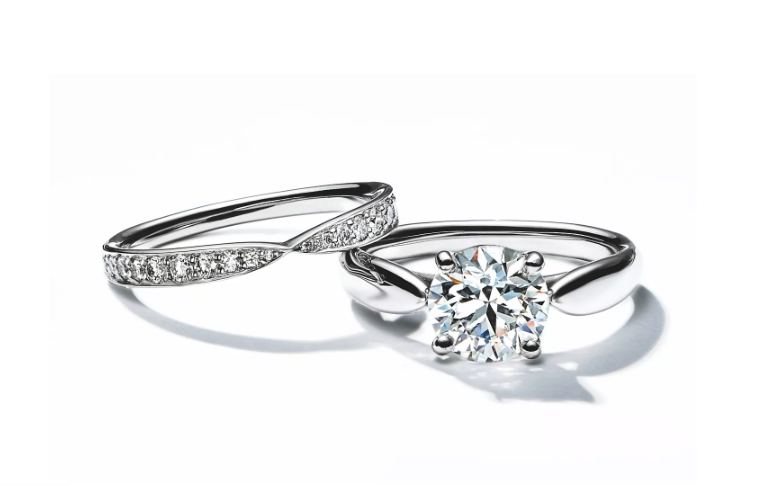
Lab-grown Diamonds Certified
Lab-grown diamonds can and should be certified. Gemologists and jewellers admit that with the improvement in the quality of man-made diamonds, it is becoming more challenging to identify these gemstones as their chemical and physical properties very closely replicate those of natural diamonds.
Environmental Impact
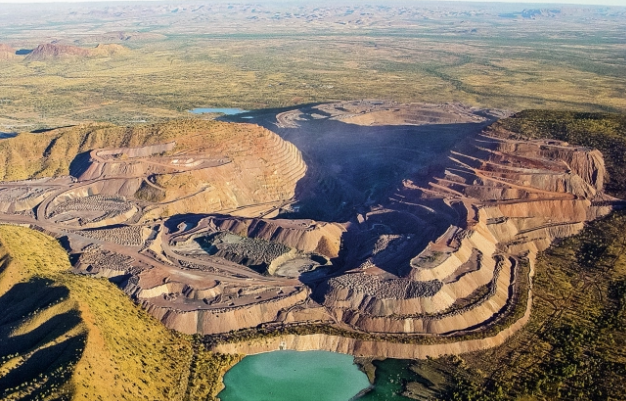
Environmental Impact
Lab grown diamonds enable more transparency at luxury industry.
Typically mined diamonds come from unethical supply chains in conflict regions, with poor working conditions, low wages and human rights violations. Miners are having to dig deeper and deeper into the earth to source natural diamonds, leaving huge holes in the ground. It can actually take an entire factor more energy to extract an underground diamond from Earth than it takes to create one above ground. Besides this, between 88,000 and 176,000 pounds of earth must be sifted through to find a single 1-carat diamond. The environmental impact includes soil erosion, displaced earth, deforestation and ecosystem destruction.
Environmental Impact | Mined
Reduced levels of energy required.
Less harmful to the environment and its surrounding communities
Environmental Impact | Lab-grown Diamond
Causes soil erosion, displaced earth, deforestation and ecosystem destruction.
Social Impact | Mined
Complex, untraceable and often unethical supply chains from conflict regions.
Poor working conditions, low wages, human rights violations and child labour.
Social Impact | Lab-grown Diamond
Full control over the process.
Transparent supply chains.
Fair wages and good working conditions.
Frequently Asked Questions
WHAT IS A NATURAL DIAMOND
A “natural” diamond is another name for a mined diamond. Officially, the Federal Trade Commission (FTC) defines a diamond as “A mineral consisting essentially of pure carbon crystallised in the isometric system.” Whether a diamond is mined or created, both share this chemical composition. The difference and designation between lab-grown and mined diamonds lie in the way in which it is created. Titles like “lab-grown” and “mined” designate origin. Mined diamonds are extracted from Earth through complex pit, underground, or alluvial methods, and utilise heavy machinery as well as an extensive amount of labour. To distract consumers from the human and environmental toll of these methods, some in the diamond industry have begun to call their diamonds “natural.” The term is for marketing purposes only, and does not make a mined diamond atomically different from its lab-grown counterpart.
ARE LAB-GROWN DIAMONDS REAL
Yes. Lab grown diamonds are chemically and physically identical, both starting as carbon seeds and pressurised to life. In fact, the Federal Trade Commission recently changed the definition of a diamond by removing the word natural and the GIA grades them the same way.
ARE LAB-GROWN DIAMONDS THE SAME AS MINED DIAMONDS
Lab-grown diamonds are physically the same as mined diamonds. Created diamonds are made by replicating the way diamonds are made in nature without the negative environmental or human toll of mining. The difference between lab-grown and natural diamonds could be compared to the difference between ice formed outside on a winter’s day versus ice that’s formed inside your refrigerator.
ARE THERE ANY ADVANTAGES TO CHOOSING MAN-MADE DIAMONDS
If price is a factor in your choice of Diamond then one of the major biggest advantages to buying a Man-Made diamond is that it will be a less expensive option. In addition Man-Made diamonds do not usually exhibit large and visible inclusions. Therefore if the factor that you can purchase a flawless, diamond at a lower price than that which you would pay for a flawless mined diamond appeals, then a Lab Created diamond is for you.
DO LAB CREATED DIAMONDS TEST AS REAL
Yes. Created diamonds test as real because they're made of crystallised carbon, just as mined diamonds are. And just like minded diamonds, created diamonds are graded by independent gemological organizations on their cut, color, clarity and carat weight, also known as the 4Cs. Not all lab-grown diamonds are “perfect” — they will differ in color and quality, just as a mined diamond would.
ARE LAB-GROWN DIAMONDS GIA CERTIFIED
Yes. Lab grown diamonds are graded on cut, clarity, colour and carat, just the same as mined diamonds. The GIA (Gemological Institute of America) and IGI (International Gemological Institute) are the key institutions to grade and issue certificates for lab diamonds.
CAN I INSURE A LAB GROWN DIAMONDS
Yes! Just like a mined diamond, laboratory grown diamonds can be insured. In fact, by choosing a lab-grown diamond, you'll not only save money on the diamond itself, but you'll also save money on the annual premium of the insurance policy due to the lower overall cost of the insurable piece.
WHY SHOULD I BUY A LAB GROWN DIAMOND
Better Value. Lab-grown are physically, chemically and optically the same as mined diamonds. They are so similar that, even when using a jewellery loupe, mined and lab created diamonds are almost impossible to tell apart. Much like mined diamonds, lab grown diamonds are priced based on their 4Cs characteristics. A lab-grown diamond costs about 30-40% less than a mined diamond of similar quality. This is because the supply of lab grown diamonds is not controlled by a few major diamond cartels, and the production process is more efficient. A growing number of diamond jewelry brands and retailers are using lab-grown diamonds in their jewelry and engagement rings, making them more widely available and affordable.
ARE LAB GROWN DIAMONDS CUBIC ZIRCONIA
NO. Lab grown diamonds are not cubic zirconia. Cubic zirconia is an artificial gemstone that is made from zirconium oxide. It is often used as a diamond simulant because it has a similar appearance to diamonds. However, cubic zirconia is not a diamond and does not have the same physical and chemical properties as diamonds.





